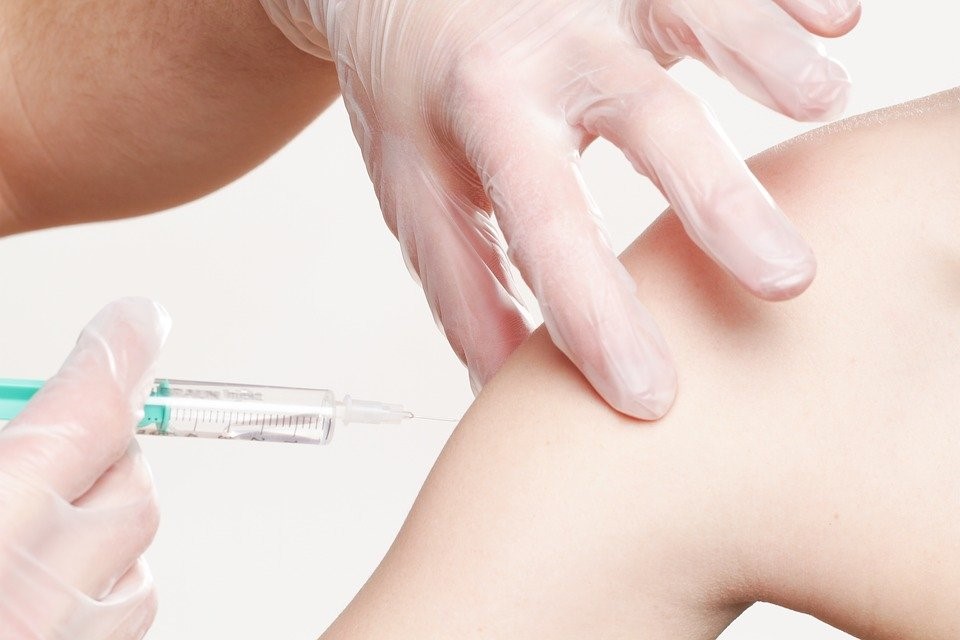
PRP therapy, short for platelet-rich plasma therapy, has become a highly in-demand treatment. Much of its popularity can be attributed to renowned athletes who claim PRP helped them recover from their sports-related injuries and make a quick return to games.
Many doctors are now using PRP therapy for various medical reasons. This includes, but is not limited to, fighting hair loss, controlling joint pain, and promoting soft-tissue healing.
If this therapeutic technique is relatively new to you, here’s everything you need to know about PRP therapy.
Quick Facts About PRP
- PRP therapy has numerous potential benefits in the field of medicine.
- PRP injections are made from the patient’s own blood sample.
- PRP injections typically cost between $500 and $2,000, although the actual cost varies based on certain factors.
- PRP has little to virtually no side effects.
How Does PRP Therapy Work?
To understand how PRP therapy works, you need to first understand the role of platelets in our blood.
Platelets are basically a type of blood cells that serves many purposes in our body. Their most significant role is to enable the formation of blood clots to prevent excessive bleeding after an injury. The second most crucial role of platelets is that they help your body to heal naturally.
Research has shown that injecting high concentrations of plasma in an injured or damaged tissue can support the natural healing process, hence, speeding up recovery.
As such, PRP therapy utilizes a sample of blood obtained from the individual. The sample is treated with special centrifugal equipment that spins it at a very high speed. This separates the platelets from the unwanted components of blood. The platelet solution obtained, called platelet-rich plasma, is then administered into the affected area for the desired results.
Applications of PRP Therapy
Some of the common examples of how PRP is used in medicine include:
Hair Growth
Doctors are using PRP therapy as a non-surgical method for hair regrowth. Injecting platelet-rich plasma in balding spots can not only combat hair fall but also promote healthy hair growth at the same time. This is because PRP helps reduce inflammation in the scalp cells that can otherwise lead to hair loss.
Soft Tissue Healing
PRP was initially used to promote soft tissue healing after plastic surgeries. Today, it’s also being employed for acne scar removal and skin rejuvenation by reducing signs of aging. Because it supports the natural healing of soft tissues, it’s also effective in treating injuries of muscles, tendons, and ligaments.
Joint Pain Control
PRP therapy has gained immense traction among patients suffering from arthritis and osteoarthritis. This is because it can reduce joint pain and stiffness. When combined with other treatment methodologies, such as exercise, PRP can also help restore mobility and flexibility in the affected joint.
Takeaway
PRP therapy holds promising results when it comes to treating a range of different medical ailments. However, the main limitation of this treatment is that it is usually not covered by medical and health insurance. This often prevents patients from leveraging the benefits that plasma-rich platelet therapy has to offer.